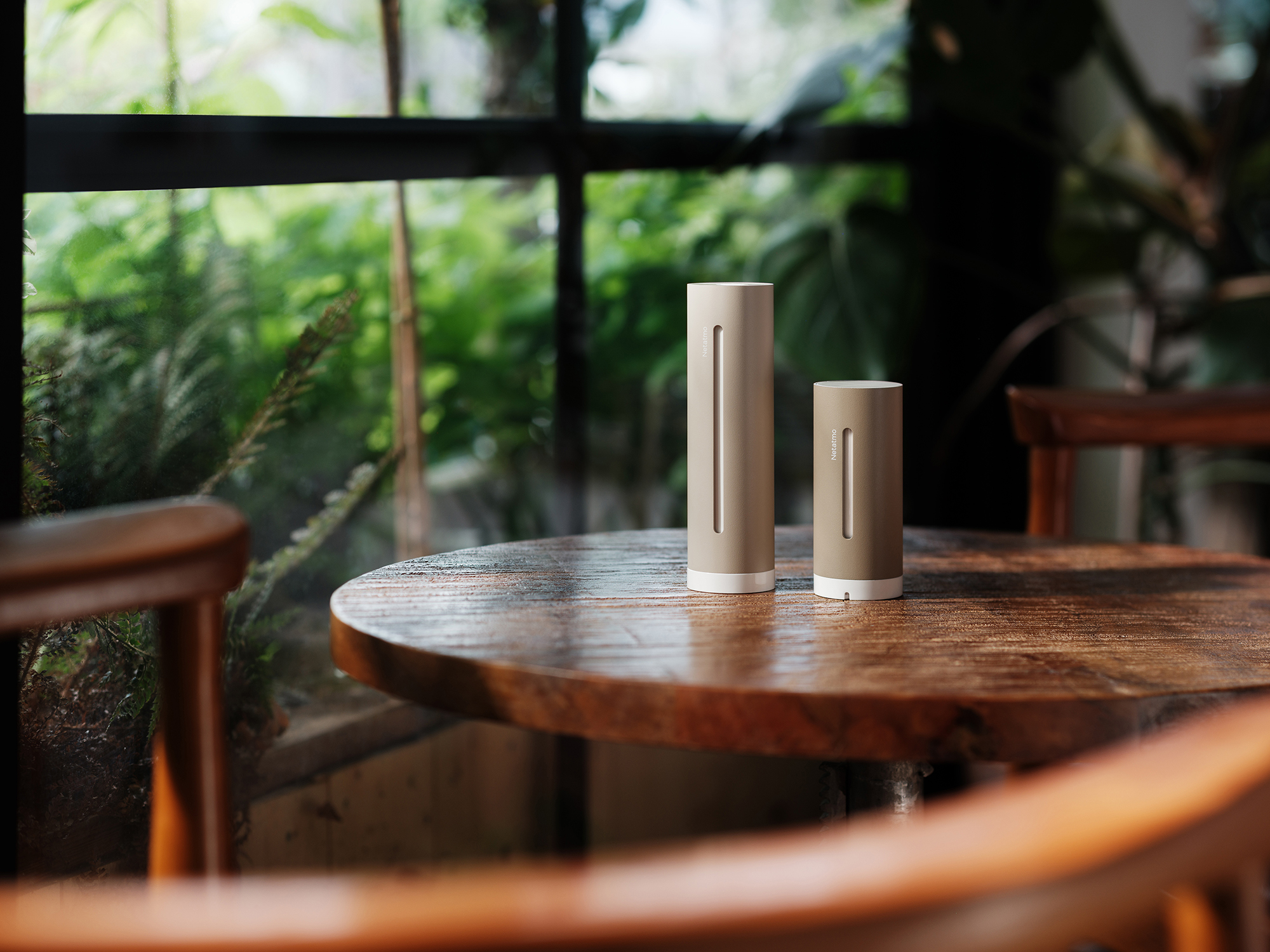
Netatmo unveils the new Weather Station ORIGINAL

Up to 50% off selected productsBuy
Apple HomeKit is the smart home software environment that Apple developed to manage and interlink various connected objects using the Home app installed on the iPhone and iPad since iOS 10. With HomeKit, you can control a large number of home automation installations and interact with both HomeKit connected accessories and the HomePod Speaker, as well as multiple compatible connected objects.

HomeKit is a structure that lets you centralise all your smart home technology. Using your iPhone, iPad or even your Apple Watch, you can manage and program smart accessories in the home: an automatic gate, smart smoke alarm, smart switch, alarms or a sprinkler.
HomeKit puts home automation in the palm of your hand by allowing you to program scenarios in your home, even using products from different brands. For example, one scenario might be that when you return home, the light automatically switches on in the living areas and your favourite music plays on your smart speaker.
But Apple's HomeKit isn't a gadget: it's a powerful management tool. If you have an iPhone or iPad running at least the iOS 10 operating system, you can use your mobile device as a single interface to manage all your smart accessories. This centralisation makes it both easier to use connected objects in the home and allows them to communicate with each other.
A smart home isn't just about finding out what the weather is via an outdoor sensor, it's also about opening the blinds depending on how sunny it is or managing how your garden is watered depending on rainfall in the area. This approach extends into every area of the home, from heating to lighting and security accessories, and makes the Apple HomeKit the central tool in your smart home.
HomeKit can also be used in hands-free mode thanks to Siri, Apple's voice assistant. Your voice is then used as the control device: you can give Siri instructions to switch on, switch off or adjust any connected device set up in the Home app. You can also ask Siri to check on the status of one of your smart accessories: "Is the front door closed properly?" "Did I leave the light switched on upstairs?" Siri then consults the Home app to give you an answer.
The only requirement for using voice commands is having an iPhone or iPad with the latest version of iOS, a HomePod, an Apple Watch with the latest version of Watch OS or a latest-generation Apple TV. What's more, if you've set up one of these iOS devices as a hub, i.e. as a HomeKit relay, and leave it switched on and connected to the Wi-Fi at home, Siri can remotely control the HomeKit accessories while you're away.
With voice commands and Siri, all you have to do is speak out loud to switch on the porch light, find out the weather, turn on the TV or start a preset scenario. The more compatible accessories you have, the more interaction possibilities and scenarios there are.
Many connected object brands now offer accessories that are compatible with the Home app for HomeKit. To identify them online, e.g. on Amazon, or in stores, check for the symbol indicating that the product is compatible: "Works with Apple HomeKit". The range of compatible products is continually growing and there are HomeKit compatible accessories for every sector: security, task automation, energy management, leisure, etc. Brands that offer smart home products compatible with HomeKit include Phillips, Netatmo, Fibaro, Tado, Elgato, Logitech and Koogeek. More and more manufacturers are also soon expected to make all or part of their range of devices compatible with HomeKit.
Below are a few examples of smart accessories that can be controlled using the Home app:
Apple's Home app centrally handles data from the home and is used to control any HomeKit compatible accessory on your iPhone or iPad. Use your iCloud login details to manage your entire home from the app and share control over smart accessories and products with other occupants in the home.
In the Home app you can add and set up new accessories, as well as manage their features (increase the temperature of the heating, the volume of music, etc.). You can also organise accessories by room and area: e.g. one area for each floor of the home, which allows you to switch off all the lights on the ground floor at the same time or lower the heating in the bedrooms on the first floor in one step.